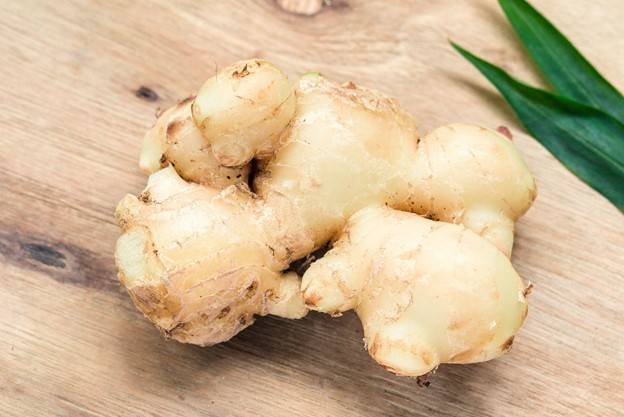
March 2022. This article is independently written by Shelby Golding. All opinions given are hers. Shelby has been certified as a personal trainer and nutritional specialist since 2007. In 2008, she found her passion for writing about these topics and hasn't looked back.

Pain management is one of the largest industries in health and wellness today. Chronic pain persists even after the original cause of the pain has healed, so treating it is a challenge. Most of the attention is focused on managing a person's pain symptoms to restore them to a productive state.
One of the best ways to treat chronic pain is to reduce inflammation. Inflammation often exacerbates chronic pain, and our diet plays a huge role in either reducing or aggravating inflammation. Many of the world's famed "health foods" fight inflammation, allowing you to manage and even reduce chronic pain. Keep reading to learn which natural pain relievers you should incorporate into your diet.
Natural Pain Relievers to Incorporate into Your Diet
1. Turmeric
Turmeric has been used medicinally for almost 4000 years and originated in the Vedic culture in India. Traditionally, it was used to treat skin problems, respiratory issues, joint pain, and poor digestion. Several studies suggest that about 1000 mg/day of curcumin taken in the form of turmeric extract is an effective treatment for arthritis. Other more modern uses for turmeric include digestive disorders, respiratory infections, allergies, liver disease, and depression.
2. Ginger

Ginger reduces the production of inflammatory substances in the body. It also contains salicylates which are transformed into salicylic acid in the body. When you have tissue damage, an infection, or chronic inflammation, a group of lipids called prostaglandins rush to the site of the injury. Salicylic acid stops the nerves from making prostaglandins which can ease the pain.
3. Cherries
Cherry juice has recently become popular for its capacity to aid in recovery from exercise. It lessens pain and speeds up the healing of strength post-workout. Cherries might also improve athletic performance because of their low glycemic index and anti-inflammatory and anti-oxidative properties.
4. Willow Bark
5. Cloves
In addition to its anti-inflammatory properties, eugenol also has antioxidant and antimicrobial uses. Clove is usually used topically in oil form for pain relief. However, adding cloves to your diet may also provide some benefits. Clove tea has been specifically recommended for arthritis. Its antimicrobial properties could also help fight off bacterial infections that aggravate systemic inflammation.
6. Salmon
Omega-3 supplements are recommended for people with arthritis and cardiovascular disease. For people with chronic joint pain and arthritis, omega-3s slow down the erosion of bone cartilage that could contribute to joint inflammation. In addition, the American Heart Association (AHA) has recommended Omega-3s for the past 20 years to reduce your risk of heart attack or stroke.
While a supplement will do the trick if you do not like fish or eat meat, consuming your omega-3s in food is generally the recommended approach. Consider trying chia and flax seeds if salmon is not to your taste.
Change Your Diet, Change Your Life
If you are experiencing chronic pain, consider how your diet could stop inflammation, reclaim control over your health, and stop the suffering in its tracks.
And don’t forget to use your Kailo pain patch to manage chronic pain right now. Our recent clinical study showed that 99% of patients felt pain relief with Kailo within 10 minutes of using a Kailo patch.
Disclaimer: Kailo should not be used if you have a pacemaker or if you are pregnant. Always consult your doctor or health care professional before using Kailo.






